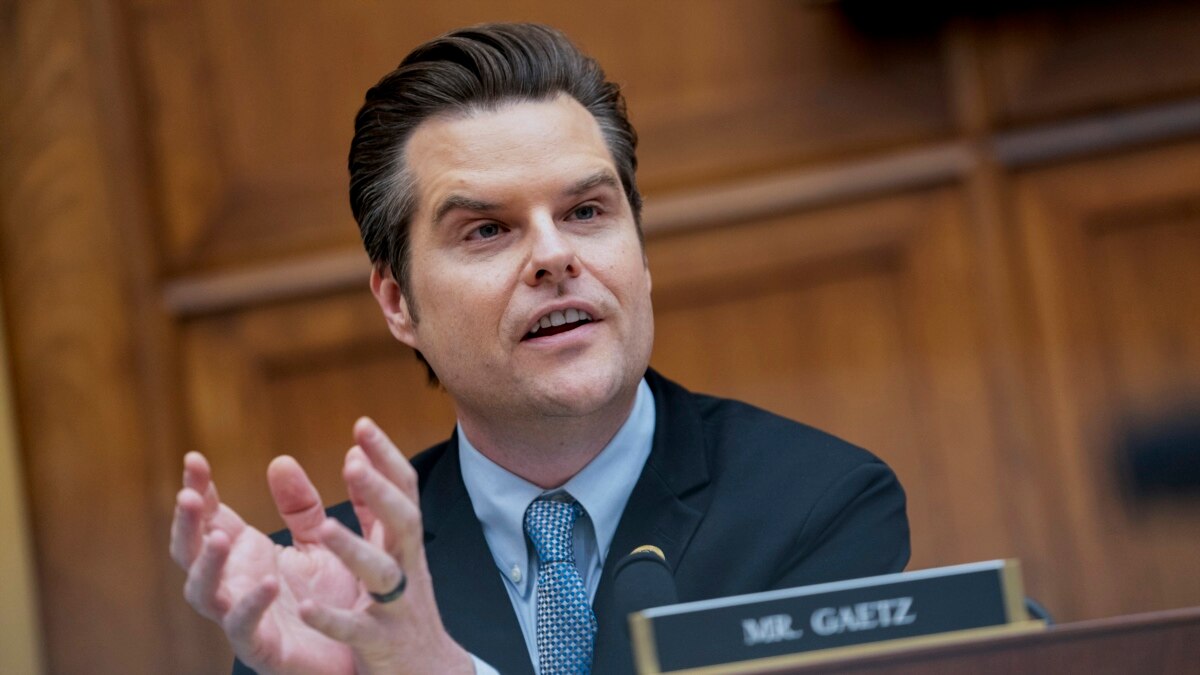As the Uganda Support to Municipal Infrastructure Development (USMID) program comes to a close this month after more than ten years, government is already looking to the future to consolidate the initiative’s successes in improving the standards of living in urban areas, capacitating local governments and supporting refugee-hosting communities, writes GEOFREY SERUGO.
Launched in 2013, USMID set out to support Uganda’s goal of attaining sustainable urbanization in line with successive National Development Plans. To do so, the program targeted 14 municipalities and 11 Refugee Hosting Districts (RHDs) outside Kampala for the construction of urban street infrastructure.
The World Bank pledged $160 million to the initiative, also offering technical support to strengthen local and national authorities’ management of urban areas. In 2019, the World Bank committed a further $360 million to expand on the program and launch USMID Additional Financing (USMID- AF).
According to Isaac Mutenyo, the national coordinator for the USMID programme, it has doubled down support on municipalities already earmarked for the project while adding another eight to the list, ensuring all four of Uganda’s regions were well-covered.
“From Arua spanning across to Kabale in the far west, to Busia in the far east, Ugandans have felt the benefits of the program,” he says.
“A 2021 government-commissioned survey placed community satisfaction at 94 per cent. This comes as no surprise, with over 215km of all-weather roads constructed, 1,800 street lights erected, and over 40km of cycling, bus, and parking infrastructure installed.”
He adds that with the community in mind, all projects have adhered to enhanced local environmental laws and received Environment and Social Impact Assessment accreditation.
“Despite the government making use of international contractors such as Ditaco or Al Nuaimi, opportunity was also provided for more than 15 local champions – including regional leader Dott Services Limited – to step up. For instance, Dott Services enhanced widened road coverage with improved drainage and solar street lighting in at least four USMID target areas,” he says.
“Through ministerial Capacity Building Grants, Municipal Institutional Strengthening Grants, and technical assistance, USMID-AF aims to ensure these gains are here to stay.”
With this backing, the ministry of Lands, Housing and Urban Development has stepped up its planning and management of urban areas. Obiga Kania, the state minister for Urban Development, said recently that government has developed a new Urban Development Bill, National Slum Upgrading Strategy and National Integrated Urban Transportation Strategy.
He expressed satisfaction that local governments have improved their execution of civil works, local revenue collection and public procurement procedures, among other areas of governance. In April, 2024, World Bank officials conducted a study of the program’s success and the government is expected to submit its own assessment of the program in the coming months.
Yet as this stock-taking exercise gets underway, The Observer understands that program officials and the administration are already planning for USMID-AF’s successor following its expiry on June 30. Conversations are all the more ambitious, with the government announcing its Uganda Cities and Municipalities Infrastructure Development (UCMID) program last year.
Aiming to complement the Urban Development Program for the Greater Kampala Metropolitan Area program, UCMID will expand to an additional 15 municipal governments in addition to those already targeted. The program promises further boosts for urban service delivery to the benefit of urban residents and economies.
According to Mutenyo, local contractors who have proven themselves throughout USMID-AF will again step up to support their country’s development. The authorities plan to implement the project over the next five years to 2029 and are courting the World Bank as well as other development financiers to raise $750 million.









